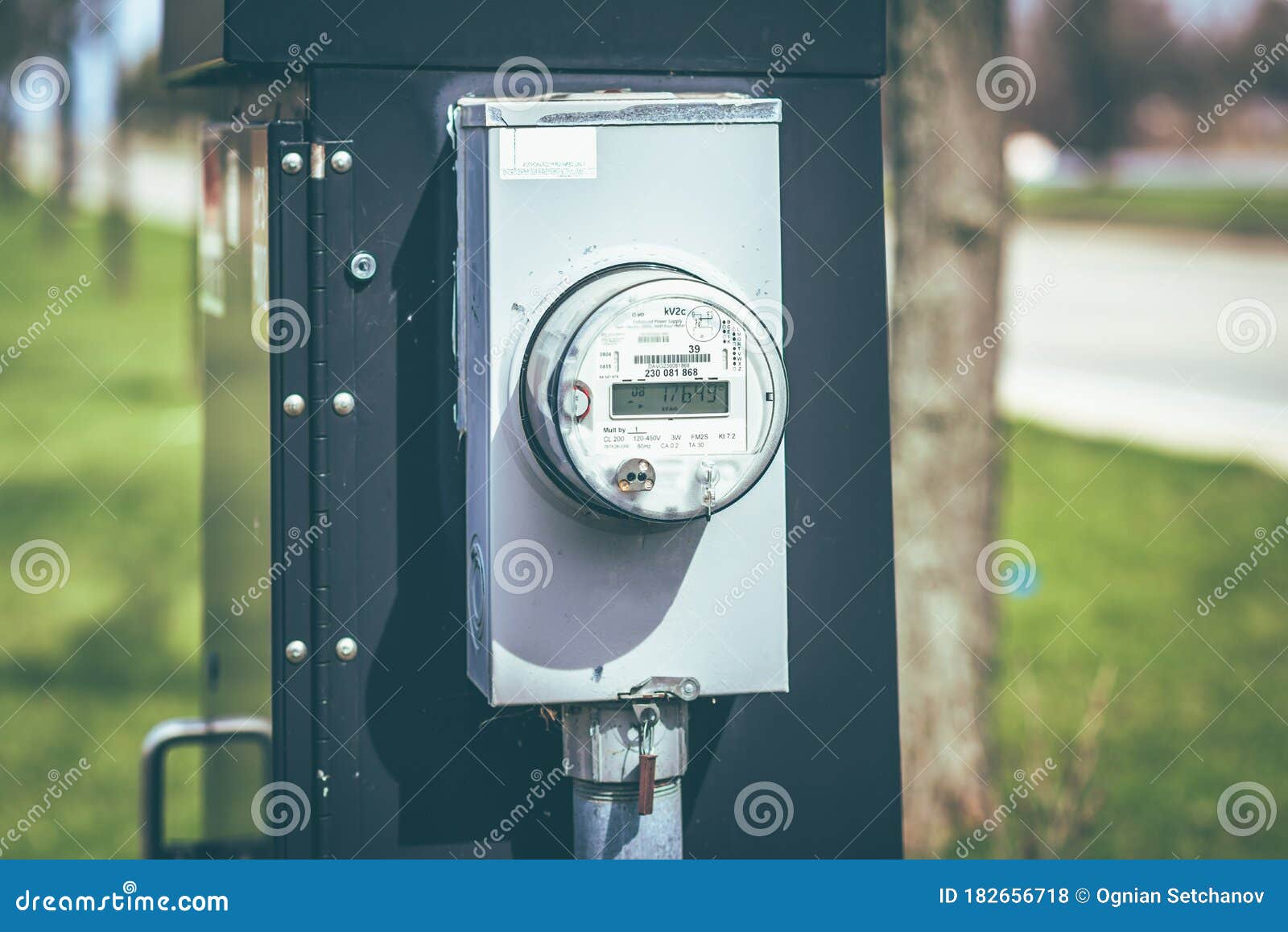


What are the risks of drinking tap water with Bromodichloromethane? Cancer, Kidney & Liver Damage. Bromodichloromethane is one of the total trihalomethanes (TTHMs) that formed when disinfectants, such as chlorine, are used to treat tap water.
#Smart utility meter manufacturers grapevine tx how to
Find out more about this contaminant and how to remove it here.ģrd party independent testing found that this utility exceeds health guidelines for this drinking water contaminant. Bromochloroacetic acid is one of the Haloacetic Acids (HAAs) which has been identified as a major water contaminant. Tumours of the large intestine, mesotheliomas and hepatoblastomas are rare spontaneous neoplasms in experimental animals. It also increased the multiplicity of fibroadenomas of the mammary gland in females. In rats, bromochloroacetic acid caused a significantly increased incidence of mesothelioma in males, of large intestine adenoma in males and females, and of pancreatic islet cell adenoma in males. In mice, bromochloroacetic acid caused a significantly increased incidence of hepatocellular adenoma (a rare, benign liver tumor) and hepatocellular carcinoma (liver cancer) in males and females, and of hepatoblastoma (uncommon malignant liver cancer) in males. Bromochloroacetic acid was tested for carcinogenicity in one study in mice and one study in rats. What is the risk with drinking water that contains Bromochloroacetic acid? Currently there are no long term studies on this water contaminants impact on humans. The highest concentrations of bromochloroacetic acid were observed in drinking water with the highest bromide content. Bromochloroacetic acid is formed in drinking water as a by product during the disinfection of water by chlorine in the presence of organic matter and bromide. There is also evidence that long-term exposure to arsenic can increase risks for kidney and prostate cancer.

Chronic exposure to arsenic is also associated with an increased risk of skin, bladder, and lung cancer. What are the risks of drinking tap water with arsenic? Cancer. Arsenic has no smell, taste, or color when dissolved in water, even in high concentrations, so only laboratory analysis can detect its presence and concentration. Commercial activities that could have left arsenic in our soil and water include, apple orchard spraying, coal ash disposal, use of pressure treated wood. Arsenic occurs naturally in soil and bedrock in parts of the United States. 3rd party independent testing found that this utility exceeds health guidelines for this drinking water contaminant.


 0 kommentar(er)
0 kommentar(er)
